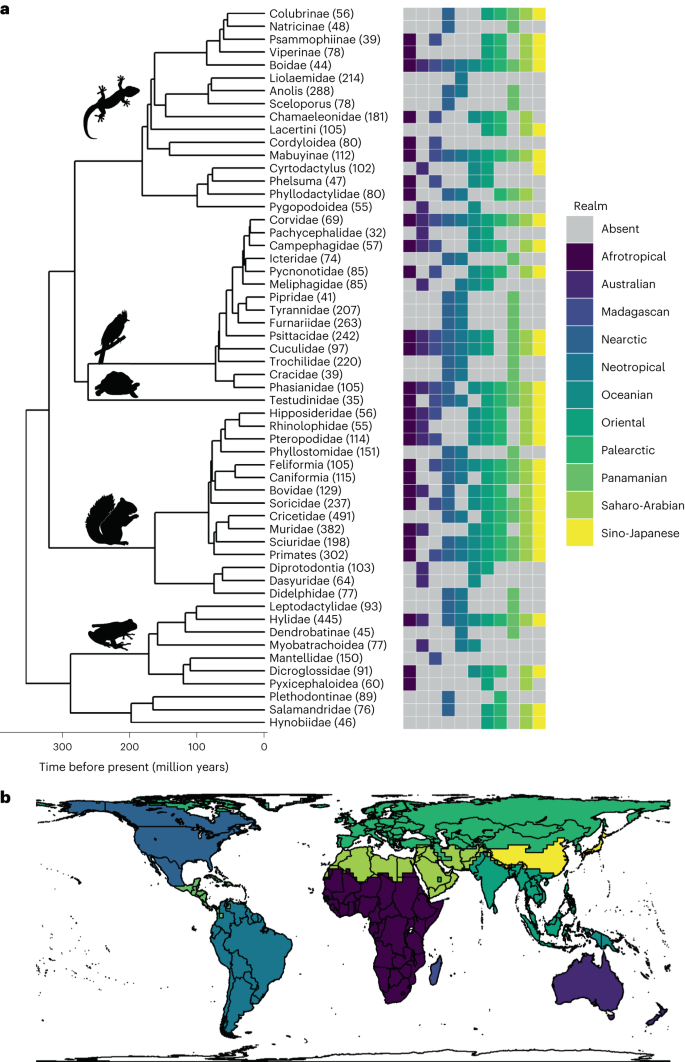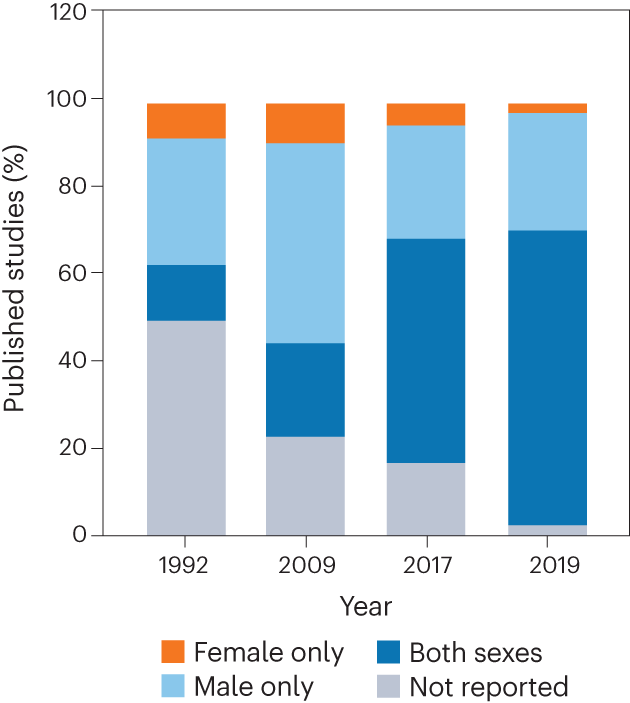2023-08-21 スウォンジー大学
◆研究は、体サイズや生活史などの特性が種の移動と定着の成功に密接に関連しており、これらの特性を考慮に入れたモデルが多くの動物グループにあてはまったことを示しました。生物多様性の起源や絶滅を理解する上で重要な知見を提供し、動物が海や山などの障壁を越えて分散する方法を理解するのにも役立つと言えます。
<関連情報>
- https://www.swansea.ac.uk/press-office/news-events/news/2023/08/unlocking-the-secrets-of-animal-travel-how-traits-have-shaped-species-journeys-across-the-globe.php
- https://www.nature.com/articles/s41559-023-02150-5
四肢動物の歴史的生物地理を形成する体長と生活史(Body size and life history shape the historical biogeography of tetrapods)
Sarah-Sophie Weil,Laure Gallien,Michaël P. J. Nicolaï,Sébastien Lavergne,Luca Börger & William L. Allen
Nature Ecology and Evolution Published:21 August 2023
DOI:https://doi.org/10.1038/s41559-023-02150-5

Abstract
Dispersal across biogeographic barriers is a key process determining global patterns of biodiversity as it allows lineages to colonize and diversify in new realms. Here we demonstrate that past biogeographic dispersal events often depended on species’ traits, by analysing 7,009 tetrapod species in 56 clades. Biogeographic models incorporating body size or life history accrued more statistical support than trait-independent models in 91% of clades. In these clades, dispersal rates increased by 28–32% for lineages with traits favouring successful biogeographic dispersal. Differences between clades in the effect magnitude of life history on dispersal rates are linked to the strength and type of biogeographic barriers and intra-clade trait variability. In many cases, large body sizes and fast life histories facilitate dispersal success. However, species with small bodies and/or slow life histories, or those with average traits, have an advantage in a minority of clades. Body size–dispersal relationships were related to a clade’s average body size and life history strategy. These results provide important new insight into how traits have shaped the historical biogeography of tetrapod lineages and may impact present-day and future biogeographic dispersal.


